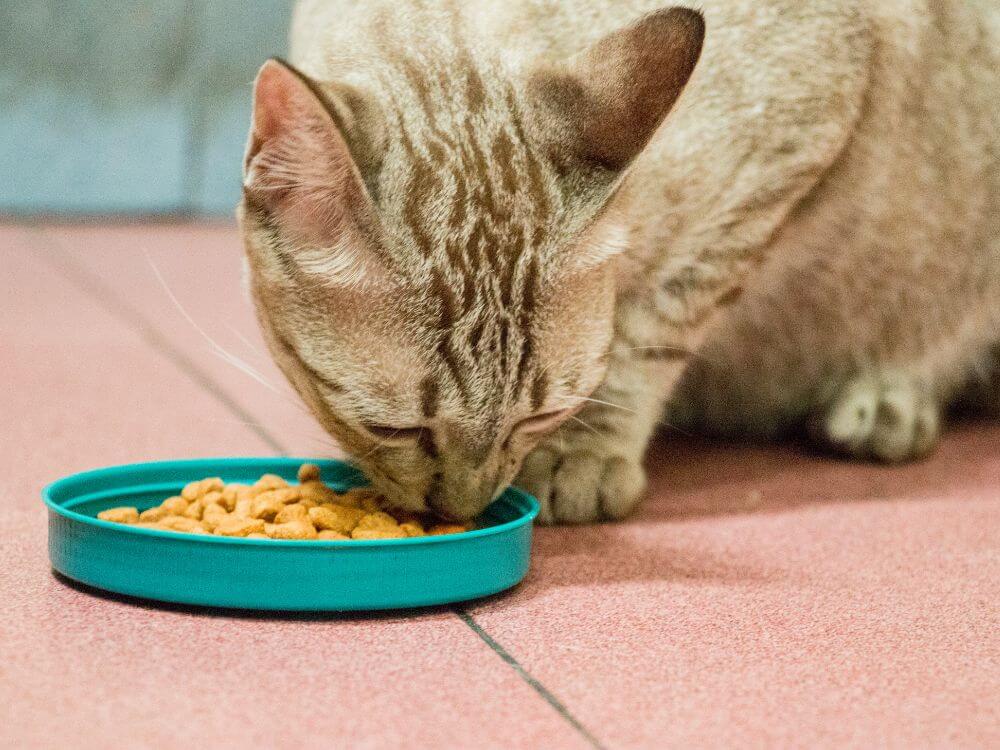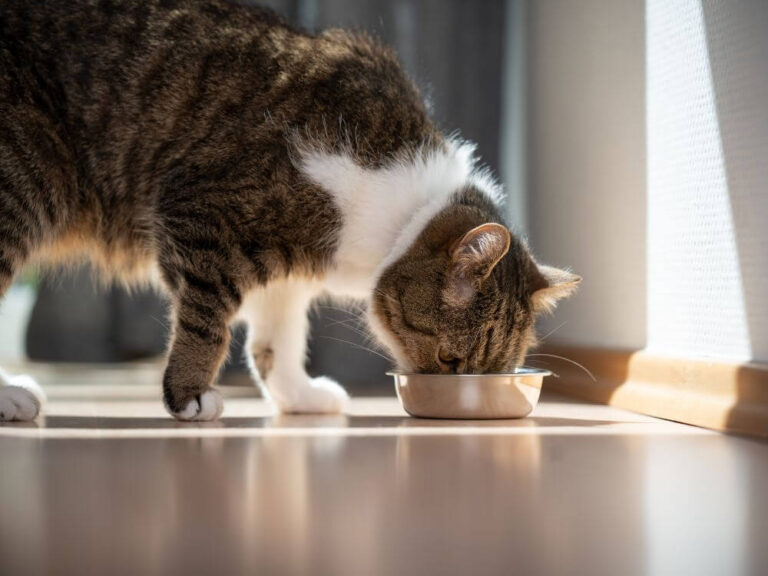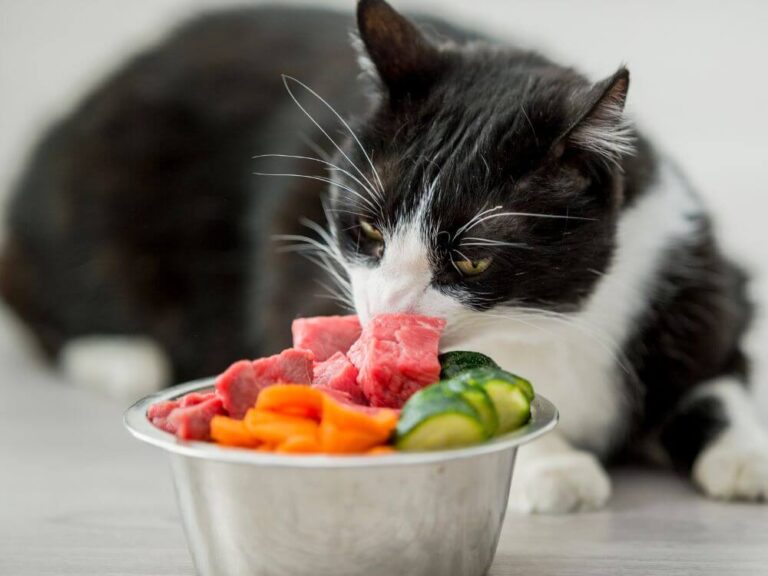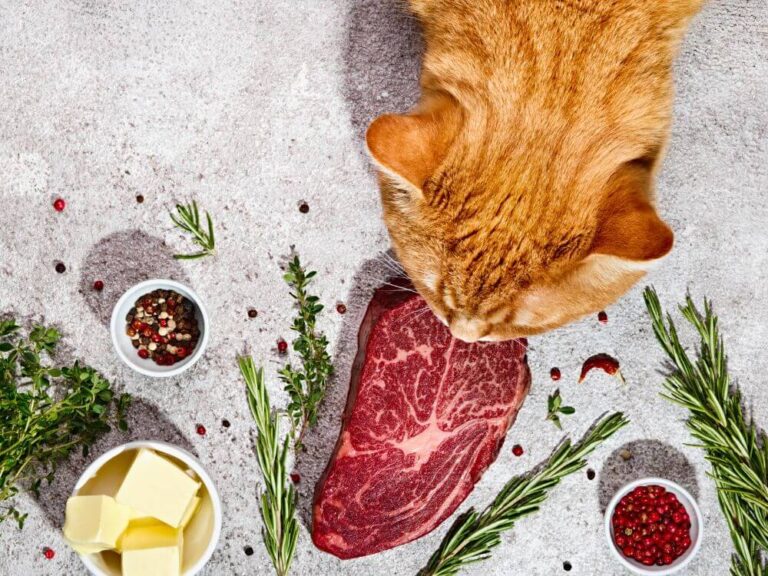How to Choose the Best Cat Food for Your Feline Friend

Feeding your cat the right food is essential for their health and happiness. But with so many options available, selecting the best cat food can feel overwhelming. In this article, we’ll guide you through the key factors to consider when choosing the ideal food for your beloved feline. Whether you’re focused on nutrition, taste, or your cat’s specific needs, we’ve got you covered.
Understanding Your Cat’s Nutritional Needs
Every cat has unique dietary requirements. Factors like age, breed, activity level, and health conditions play a significant role in determining what food suits them best. Kittens, for example, require more calories and protein to support their rapid growth, while senior cats may need fewer calories but more vitamins to maintain vitality. To meet your cat’s nutritional needs, it’s important to understand the basic components that make up a healthy cat diet.
Protein: The Key Ingredient
Cats are obligate carnivores, which means they need a diet rich in animal-based proteins. When choosing cat food, prioritize products that list a specific source of protein, such as chicken, beef, or fish, as the first ingredient. Protein helps maintain muscle mass, supports organ function, and provides the energy your cat needs for daily activities. Avoid foods that contain vague terms like “meat by-products,” as these can be lower-quality ingredients.
Fats and Omega-3s
Fats are another crucial component of your cat’s diet. Healthy fats, such as Omega-3 and Omega-6 fatty acids, contribute to a shiny coat, healthy skin, and brain function. Fish-based cat foods are typically rich in Omega-3s, which can be particularly beneficial for older cats or cats with joint issues. However, balance is key—too much fat can lead to obesity, while too little can cause health problems. Choose a food with moderate fat levels, ideally around 15% to 20% of the total content.
Carbohydrates and Fiber
Unlike dogs, cats don’t need a lot of carbohydrates. However, a small amount of carbohydrates and fiber can aid in digestion and maintain gut health. Look for foods that contain healthy carbs like sweet potatoes or peas, and avoid products with excessive fillers like corn or wheat. Fiber is particularly important for indoor cats, as it can help prevent hairballs and maintain a healthy weight.
Wet vs. Dry Food: Which is Better?
A common question cat owners ask is whether wet or dry food is better for their pets. The answer largely depends on your cat’s preferences and health needs.
Benefits of Wet Food
Wet food is high in moisture content, which helps keep your cat hydrated—especially important for cats that don’t drink enough water. It’s also more palatable for picky eaters and can be easier to digest, making it a good option for older cats or those with dental issues. However, wet food can be more expensive and doesn’t last as long once opened.
Advantages of Dry Food
Dry food is more convenient and typically more affordable than wet food. It has a longer shelf life and is easier to store. Some dry foods are designed to support dental health by helping to clean teeth as your cat chews. However, dry food lacks the moisture that cats need, so if you choose this option, ensure your cat has access to plenty of fresh water.
A Combination Approach
For many cat owners, a combination of both wet and dry food provides the best of both worlds. Feeding your cat wet food in the morning and dry food at night, for instance, can offer variety and ensure your cat gets adequate hydration while enjoying the benefits of dry food’s convenience.
Special Diets for Specific Needs
Some cats have specific dietary needs that require special attention. For example, if your cat has allergies, you may need to look for hypoallergenic cat food made with limited ingredients. Cats with kidney disease benefit from a diet low in phosphorus, while cats prone to urinary tract issues may need food that helps maintain a healthy pH balance.
Weight Control
Obesity is a common issue in cats, particularly indoor cats that get less exercise. If your cat is overweight, look for weight management foods that are lower in calories but still provide the necessary nutrients. These foods often contain more fiber, which can help your cat feel full while consuming fewer calories.
Grain-Free and Organic Options
Grain-free cat food has gained popularity, but it’s important to understand that not all cats need a grain-free diet. Some cats may benefit from it, especially those with grain allergies, but grains are not inherently bad for most cats. Organic cat food, on the other hand, can be a good option for those looking for food free of pesticides and synthetic ingredients. These foods can be more expensive, so it’s essential to weigh the benefits for your specific cat.
Reading Cat Food Labels
The packaging on cat food can be confusing, but learning how to read labels can help you make informed decisions. Look for foods that meet the Association of American Feed Control Officials (AAFCO) guidelines, as this ensures the food provides a balanced diet. The ingredient list should have high-quality sources of protein and minimal fillers or artificial additives.
What to Avoid
Avoid foods with excessive fillers, artificial preservatives, and low-quality meat by-products. Cats thrive on a diet that mimics what they would eat in the wild, so stick to high-protein options with natural ingredients. Watch out for foods that contain too many carbohydrates or grains, as these can contribute to weight gain and other health issues.
Transitioning to a New Cat Food
If you decide to switch your cat’s food, do it gradually to avoid digestive issues. Start by mixing a small amount of the new food with your cat’s current food, increasing the ratio of new to old food over a week. Monitor your cat’s reaction during this period—if they seem lethargic or have any digestive issues, consult your vet.
Conclusion: Making the Best Choice for Your Cat
Choosing the best cat food for your furry friend requires careful consideration of their unique nutritional needs, preferences, and health conditions. Whether you opt for wet, dry, or a combination of both, prioritizing high-quality, balanced ingredients is key to your cat’s well-being. By investing in the right food, you’ll ensure your cat leads a healthy, happy life.



